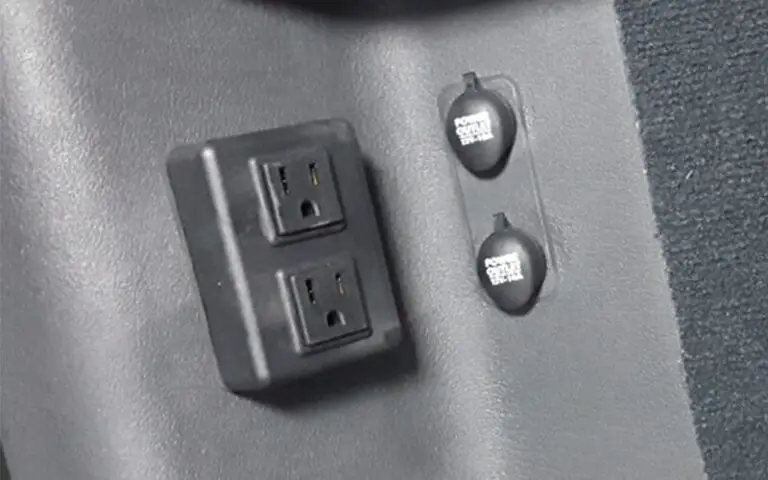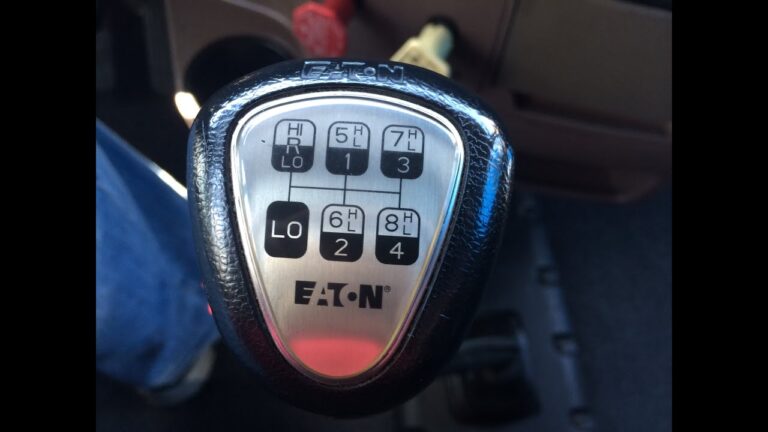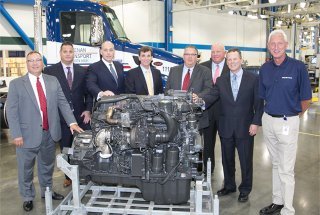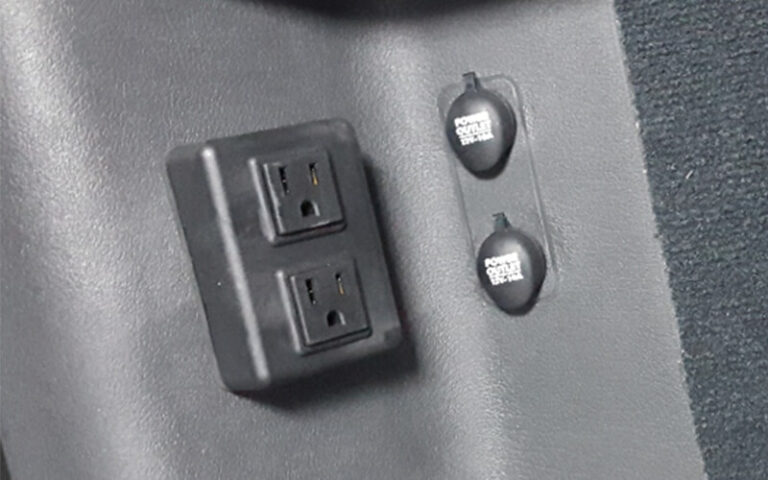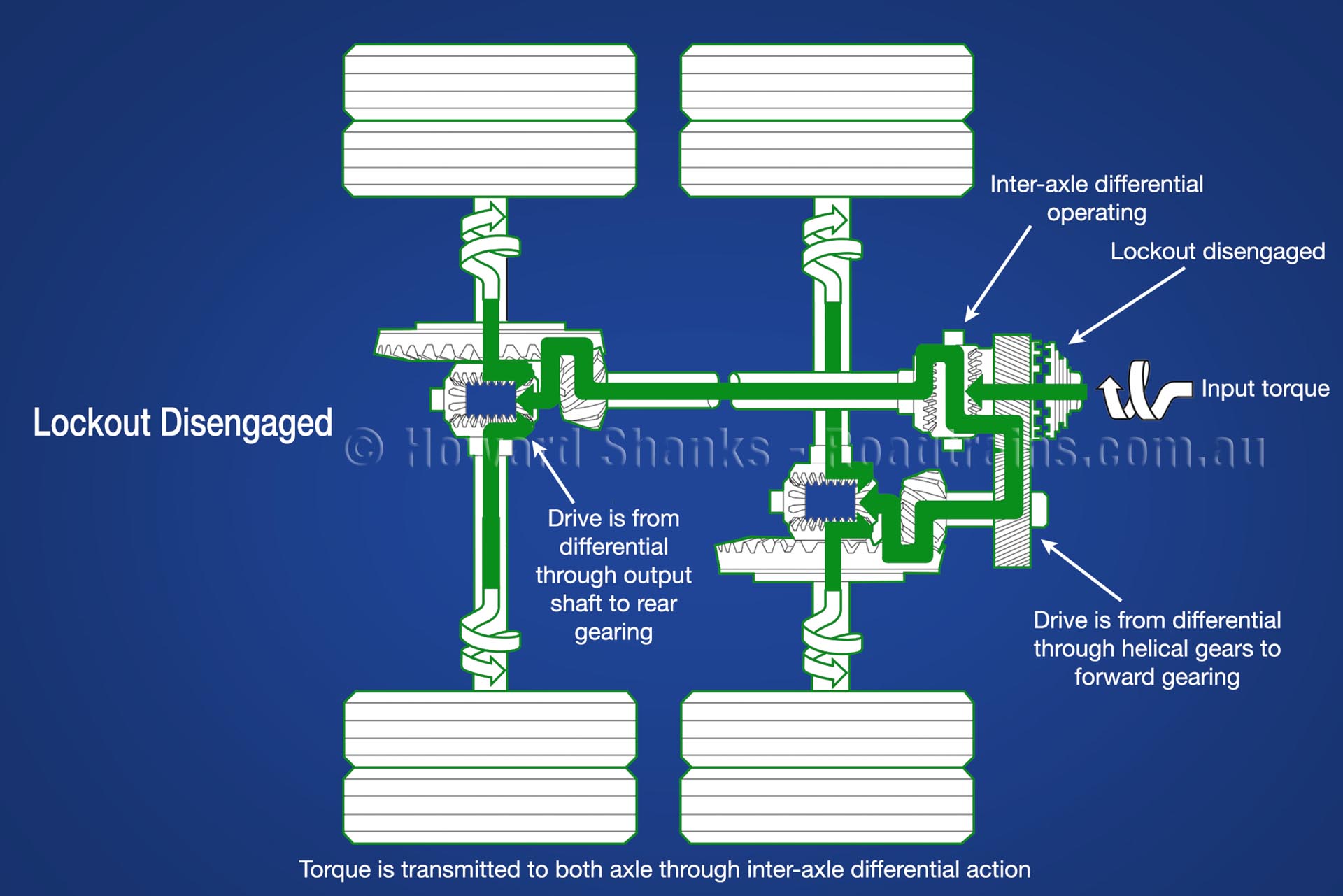
Semi truck differentials transfer power from the engine to the wheels, allowing each wheel to rotate at different speeds for turning and traction. They achieve this through a set of gears and axles that distribute torque evenly and allow for different speeds between the wheels.
This vital component in the drivetrain ensures smooth and efficient operation, especially when one wheel encounters slippage or increased resistance while the other wheel requires more power. Understanding how semi truck differentials work is essential for truck drivers and mechanics to ensure optimal performance and maintenance of these heavy-duty vehicles.
Let’s delve into the intricate workings of semi truck differentials to comprehend their significance in the transportation industry.

Credit: m.youtube.com
Navigate As You Want: [show]
Semi Truck Differentials: An Overview
A semi truck differential is a mechanical component that allows the wheels on the same axle to rotate at different speeds while transferring power from the engine to the wheels efficiently. Its purpose is to enable smooth turns and prevent tire slippage.
| Components | Description |
|---|---|
| Differential Ring Gear | A large gear that is located on the differential carrier and connected to the axles. |
| Pinion Gear | A small gear that is attached to the driveshaft and engages with the ring gear to transfer power. |
| Spider Gears | Interlocking gears that allow the wheels to rotate at different speeds, enabling smooth turns. |
| Axle Shafts | Shafts that connect the differential to the wheels and rotate in response to the ring gear. |
| Bearing and Seals | Helps to reduce friction and ensure smooth rotation of the differential components. |
In conclusion, a semi truck differential is an essential component that allows for smooth and efficient power transfer while enabling the wheels on the same axle to rotate at different speeds. Understanding its functionality and components can help in better maintenance and troubleshooting of semi truck differentials.
Differential Mechanism: Power Distribution
Semi truck differentials work by distributing power to the wheels, allowing them to move at different speeds when turning. Power flow between wheels is managed by the differential, ensuring that each wheel receives the right amount of torque. The role of the differential is crucial in allowing the wheels to rotate at varying speeds while maintaining traction, particularly when navigating corners or uneven terrain. This ensures even torque distribution, enhancing the vehicle’s stability and performance. Understanding torque distribution in semi truck differentials is essential for optimizing power transfer and ensuring efficient operation.
Types Of Semi Truck Differentials
Semi truck differentials play a crucial role in distributing power between the wheels. There are three main types of semi truck differentials: open differential, limited-slip differential, and locking differential. An open differential allows the wheels to rotate at different speeds, making it suitable for standard road conditions. On the other hand, a limited-slip differential partially locks the wheels together, providing better traction in slippery conditions. Finally, a locking differential completely locks the wheels together, ensuring maximum traction and power distribution in off-road or challenging terrains. Understanding the differences between these differential types is essential for optimizing a semi truck’s performance.

Credit: www.roadtrains.com.au
Factors To Consider In Differential Selection
When selecting a differential for a semi truck, there are several factors to consider. One important factor is the tire grip and road conditions. The differential will need to be able to provide the necessary torque to the wheels to maintain traction on different road surfaces. Another factor to consider is the vehicle weight and load. The differential must be able to handle the additional weight and distribute power effectively. Additionally, the intended use and terrain should be taken into account. Different differentials may be better suited for off-road or highway driving. Evaluating these factors will help ensure that the selected differential meets the requirements of the specific truck and its operating conditions.
| Factors to Consider in Differential Selection |
|---|
| Tire grip and road conditions |
| Vehicle weight and load |
| Intended use and terrain |

Credit: m.youtube.com
Frequently Asked Questions Of How Do Semi Truck Differentials Work
How Does A Semi Truck Differential Work?
A semi truck differential is a device that allows the wheels on the same axle to rotate at different speeds. It transfers power from the transmission to the wheels, enabling the truck to turn smoothly and navigate curves. The differential uses gears and bearings to distribute torque evenly and prevent wheel slippage.
What Are The Functions Of A Semi Truck Differential?
The primary function of a semi truck differential is to transfer power from the transmission to the wheels, enabling the truck to turn smoothly. It also allows the wheels on the same axle to rotate at different speeds, which is essential for preventing wheel slippage and ensuring traction on uneven or slippery surfaces.
How Does A Limited Slip Differential Work In A Semi Truck?
A limited slip differential in a semi truck is designed to transfer power more evenly between the two wheels on an axle, providing better traction on slippery surfaces. It uses a set of clutches or gears to limit the speed difference between the wheels.
This helps the truck maintain stability and prevent wheel slippage during turns or on uneven terrain.
Conclusion
The differential is a vital component of semi trucks, ensuring smooth and efficient operation. By allowing the wheels to turn at different speeds, it enables better control and stability. Understanding how the differential functions helps truckers and mechanics troubleshoot and maintain their vehicles.
Regular maintenance, such as checking fluid levels and addressing any issues promptly, is essential for optimal performance. Whether you’re a truck driver or simply curious about how these powerful machines work, grasp the basics of differentials and take better care of your semi truck.

